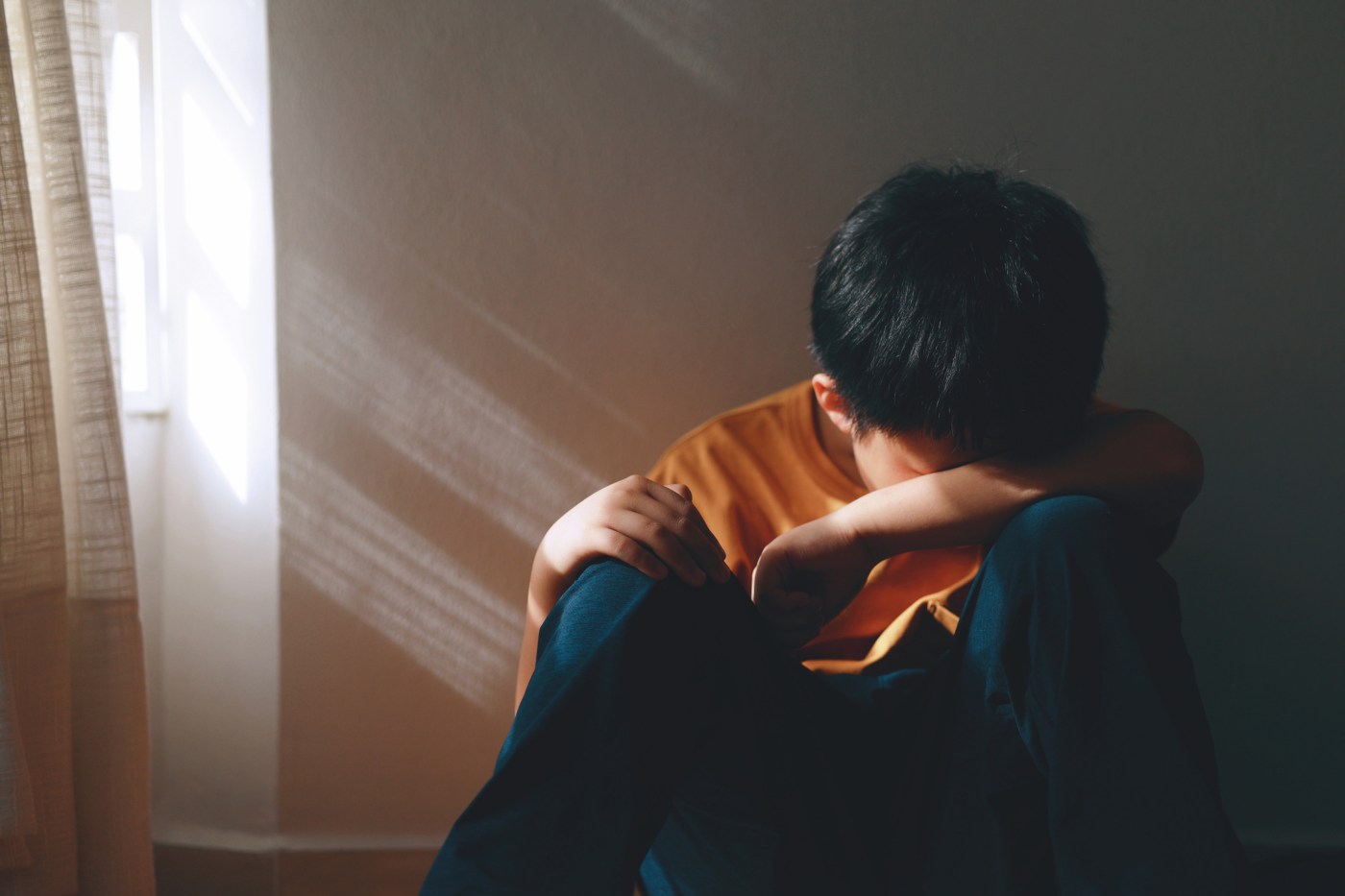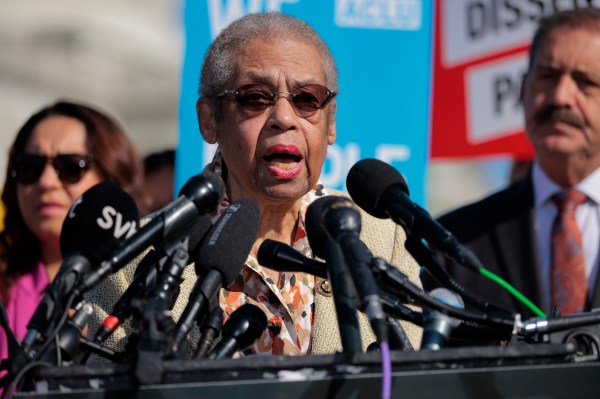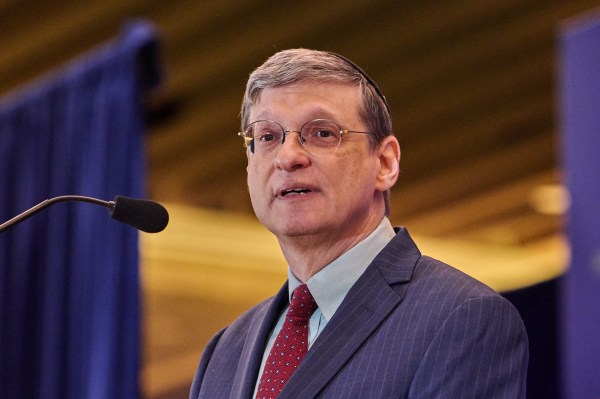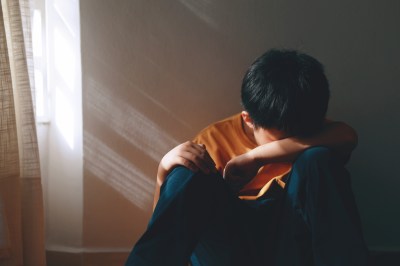Imagine someone whose childhood ranks at the very bottom in every dimension—neglect, foster homes, adoption into a family that breaks up—but who, unbeknown to any of the people around him, has an intellect at the very top. As an adult, he brings his intellect to an account of what such a childhood looks and feels like from the inside. That’s what you get with Rob Henderson’s newly published book, Troubled: A Memoir of Foster Care, Family, and Social Class. It is an indispensable document for understanding America’s large and multiracial underclass.
“Underclass” does not simply refer to impoverished people, but to people who are both low-income and dysfunctional. Their dysfunctions may include criminality, substance abuse, mental illness, an inability to hold a job, and dropping out of the labor force. However, the signature dysfunction is the breakdown of the family. Though the term was primarily used in the 1980s to describe poor urban blacks, the early 1990s revealed that a white underclass had been forming under the radar, characterized by rapidly rising nonmarital births as well as rising divorce rates.
Few liberal scholars at the time (the late sociologist Sara McLanahan was a courageous exception) thought that lacking a biological father mattered, and conservatives like me seldom had the personal life experiences to talk about the white underclass. We weren’t anthropologists; we had plentiful published accounts of low-income black family life, but we had to rely on sparse journalistic accounts or doctoral theses for parallel descriptions of white families. Decades went by and no one wrote a widely available account of what the growing white underclass meant in human terms. By the time readers encountered J.D. Vance’s Hillbilly Elegy in the mid-2010s, they could be excused for assuming the now-senator’s memoir depicted a peculiar Appalachian phenomenon, not a nationwide underclass.
Henderson’s Troubled rips away that comforting thought. He spent his first years in Los Angeles in multiracial foster care and the rest of his childhood and adolescence in Red Bluff, a working-class town in Northern California, 87 percent white at the time he moved there. Half-Korean and half-Hispanic, he technically does not qualify as part of the white underclass, but that’s the world where he came to adulthood.
Rob, named after the father he never knew, was born to the daughter of a wealthy Korean family. She had come to the United States to go to college but began using drugs and dropped out. Her drug use intensified, accompanied by promiscuity, and she bore two children by two different men before getting pregnant with Rob. Rob’s father disappeared before his birth. Henderson writes:
When I was a baby, my mother and I lived in a car. About a year later, we moved into a slum apartment in Westlake, a poor neighborhood in Los Angeles. Documents from social workers report that my mother would tie me to a chair with a bathrobe belt so that she could get high in another room without being interrupted. She left bruises and marks on my face. While my mother did drugs, I would cry from the other room as I struggled to break free.
At age 3, Rob was taken into the Los Angeles County foster care system, and his mother was deported to South Korea. He never saw her again.
During the next five years, Rob lived in seven foster homes. He attended six different elementary schools by the end of second grade. Then he was adopted by the Hendersons, a married couple with one biological daughter who lived in Red Bluff. His new mother was Korean-born and had herself been adopted into a white family. His new father was white and had grown up poor. He had once been a corrections officer but was driving trucks for a living when Rob joined the family. Both parents were Seventh-Day Adventists.
Life was pretty good for a year, and Rob became close to his adoptive father. Then his adoptive parents divorced. Shortly after that, the adoptive father cut off all communication with Rob. This new abandonment, on top of everything else, was so wrenching for Rob—and for me—that I wanted to stop reading. The next paragraph reminded me why I couldn’t quit:
It wasn’t just me, though. Most of the kids I’d met either had stepdads or no dads. Even though I’d been in foster care and was adopted, my past never really came up in conversations with other kids. This was probably because the families that lived in this town were so messy that even my unusual backstory didn’t raise too many eyebrows.
Awful as the foster care system is, it applies to only about half a percent of American children—about 285,000 in 2021. However, according to my analysis of the Census Bureau’s American Community Survey for that same year, about half of America’s children grow up without married biological parents. (For working-class households, it’s two-thirds.) In total, that amounts to more than 38 million children growing up without married biological parents.
These percentages have been about the same since the early 2000s. To live in a working-class neighborhood in 21st-century America has meant living in a neighborhood where intact families are a minority, whether you are white, African American, or Hispanic. Meanwhile, the intact family remains the overwhelming norm among children with a parent in a professional or managerial occupation—84 percent of them were living with married biological parents in 2021.
Henderson had a textbook personal experience in a neighborhood with few dads. He was an indifferent and occasionally disruptive student (except when something interested him), frequently got into fights, had run-ins with the police, did the usual teenage drugs, and hung out with other kids who had the same problems with their families.
When Rob was 17, he decided to enlist in the Air Force. He took the ASVAB (the Armed Forces Vocational Aptitude Battery) while hungover after a late night of drinking and playing video games with his buddies. He knocked the test out of the park. The military introduced structure, discipline, and a sense of purpose into Rob’s life. He continued to drink heavily, still had emotional problems, and eventually had to do a stint in rehab. But he did well in his military specialty—electronic warfare technician—and kicked his alcohol dependence. Then Rob went to Yale (the chapters describing his interactions with other Yale students are worth the price of the book), got his degree, and won a highly competitive scholarship to Cambridge University, where he was awarded a doctorate in psychology in 2022.
Henderson has recounted an astounding adult triumph over childhood adversity, but when others tell him that everything worked out in the end—that his experiences as a child made him who he is today—Henderson doesn’t buy it. He writes:
The tradeoff isn’t worth it. Given the choice, I would swap my position in the top 1 percent of educational attainment to have never been in the top 1 percent of childhood instability. Much of my own life has been an unsuccessful flight from my childhood.
I hope that Henderson realizes what a valuable voice the trade-off has given him, especially from the viewpoint of us scholars who write about the importance of the intact family. We contend that social policy should maximize the proportion of children who come into the world with a loving mother and father committed to their care. The institution most likely to produce that result is marriage. The culture most likely to produce that result is one that celebrates marriage and stigmatizes people who bear or sire children they aren’t prepared to raise.
But American culture and social policy over the last 60 years have sent the opposite incentives and signals. Hence, a nation in which only about 1 in 10 children were without both biological parents in 1960 has become one in which about half are without one or both. The net increase in childhood suffering has been immeasurable but enormous.
How can people like me convey that persuasively? Statistics showing the effects of broken families on children’s adult unemployment rates, the likelihood of imprisonment, and educational attainment look bloodless, even heartless, when put alongside the immediate needs of an infant who had no choice in parents. We who use those statistics haven’t been able to convey the pain and loss that lie behind the numbers. Rob Henderson paid an inexpressible price to be able to do it, but he has made the suffering of millions of children palpable in a way that none of the rest of us can. We are in his debt.






Please note that we at The Dispatch hold ourselves, our work, and our commenters to a higher standard than other places on the internet. We welcome comments that foster genuine debate or discussion—including comments critical of us or our work—but responses that include ad hominem attacks on fellow Dispatch members or are intended to stoke fear and anger may be moderated.
With your membership, you only have the ability to comment on The Morning Dispatch articles. Consider upgrading to join the conversation everywhere.